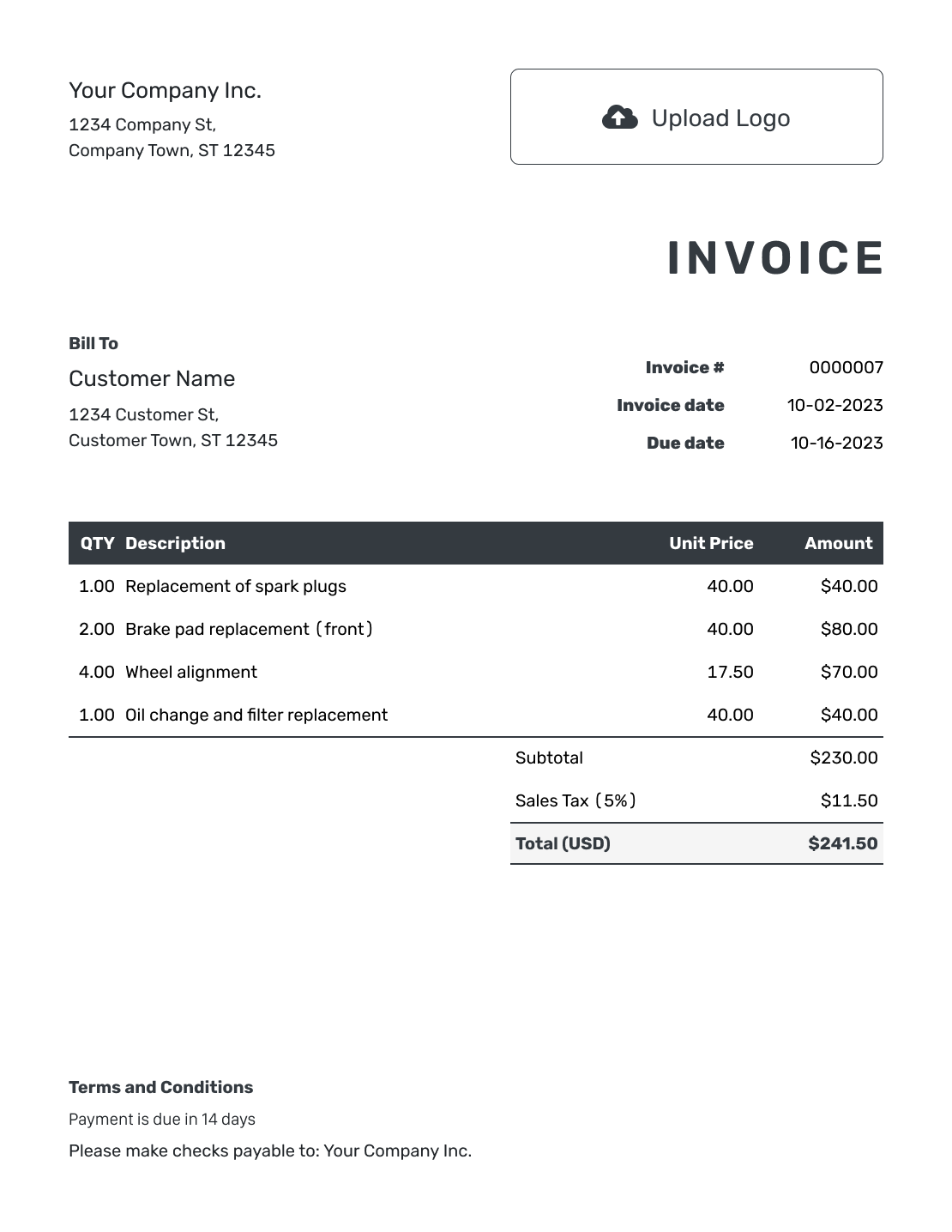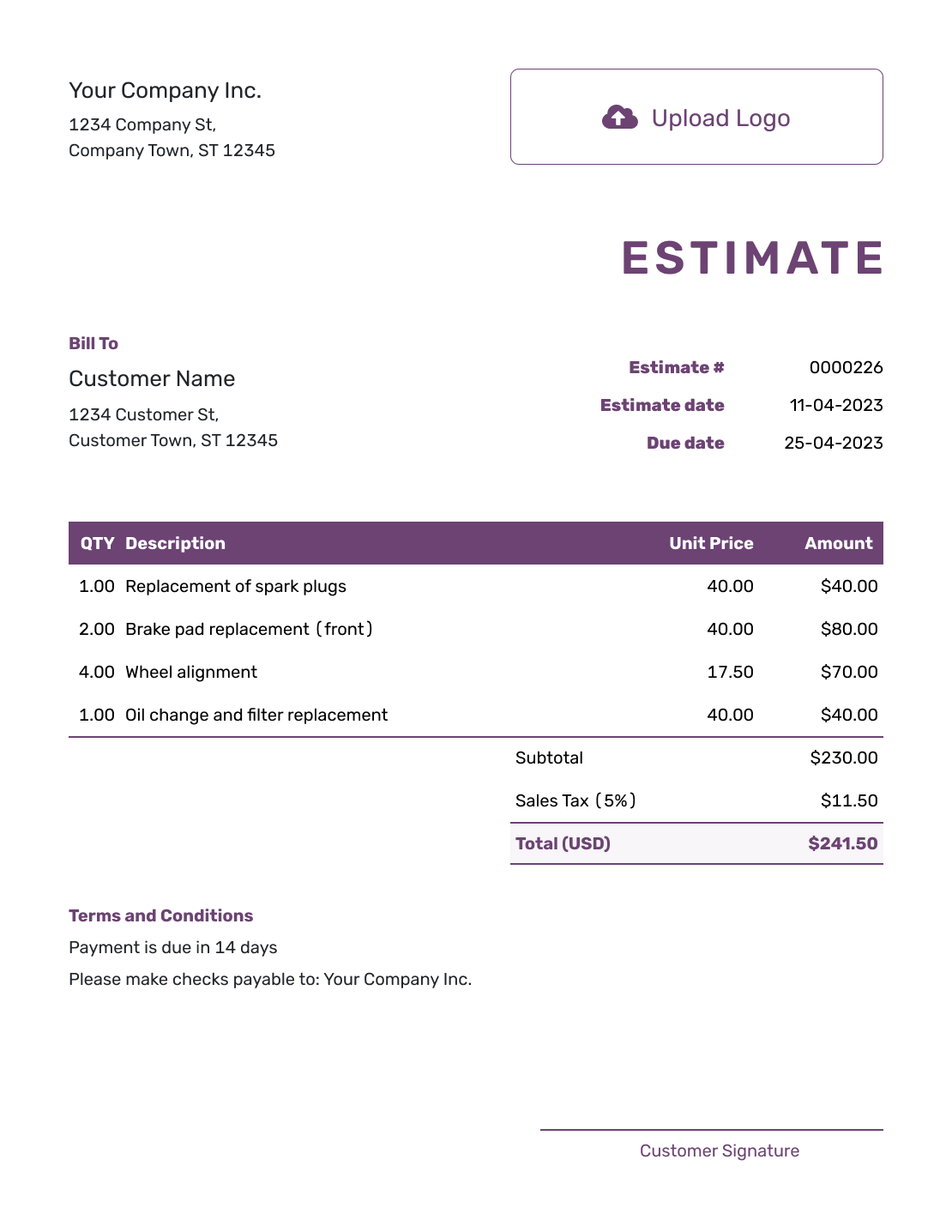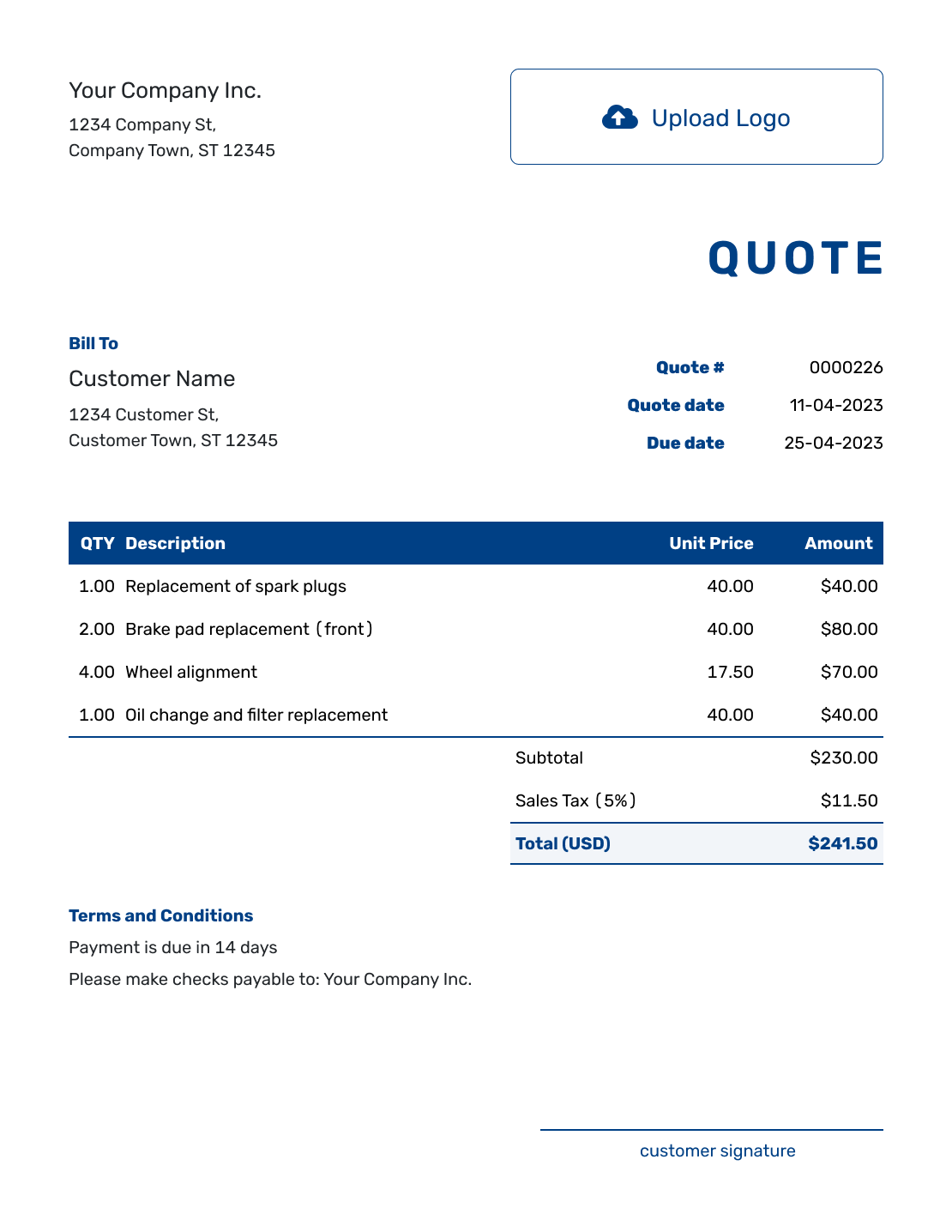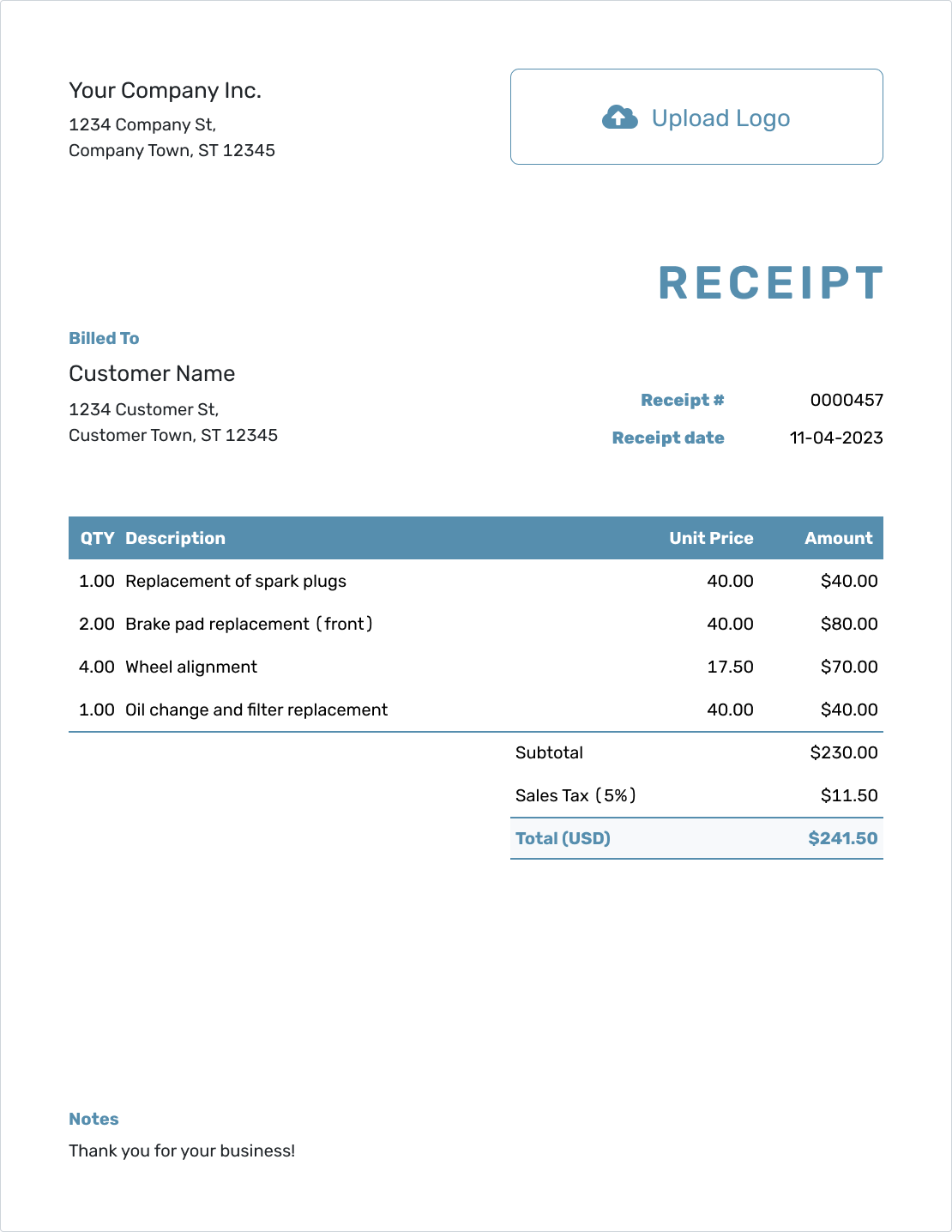Understanding
Cost of Goods Sold (COGS)
Est. reading time: 6 min

Cost of Goods Sold (COGS) might sound like a complex accounting term, but it's really about understanding how much it costs to produce or buy the goods you sell. Simply put, COGS is the direct cost of creating your products or services. Knowing this number helps you figure out your profits and set the right prices.
What Is Cost of Goods Sold?
The cost of goods sold includes all the expenses directly related to making or buying your products. For a retailer, this might include what you paid to buy inventory. For a manufacturer, it includes the costs of materials and labor to create your products.
What's Included in COGS?
- Materials: Raw materials or parts used to make a product.
- Labor: Wages for the workers who assemble the products.
- Other Direct Costs: Factory utilities or shipping costs to bring inventory to your location.
Things like office rent, marketing, or general expenses are not part of COGS because they aren't directly tied to producing goods.
Why Does COGS Matter?
Understanding your COGS is important because it directly impacts your profit. Here's how it helps:
- Calculate Profits: Subtract COGS from your sales revenue to find your gross profit.
- Set Prices: Know how much it costs to make each product, so you can price it to cover costs and make a profit.
- Manage Costs: Identify areas where you can save money, like finding cheaper materials or streamlining production.
In short, tracking COGS helps you make better business decisions and keep your finances healthy.
How to Calculate COGS
The formula for calculating COGS is straightforward:
| COGS = | Beginning Inventory + Purchases - Ending Inventory |
Example:
Let's say your business starts the month with $5,000 worth of inventory, purchases an additional $3,000 worth during the month, and ends with $2,000 worth of inventory. Using the formula:
| COGS = | $5,000 + $3,000 - $2,000 |
Your COGS for the month is $6,000.
Tips and Insights
Here are some tips to help you manage and understand COGS better:
- Track Inventory Carefully: Accurate inventory counts make COGS calculations easier and more reliable.
- Review Regularly: Check your COGS monthly or quarterly to stay on top of your costs.
- Know What's Included: Only include direct costs tied to making your products—leave out unrelated expenses.
- Use Tools: Consider using inventory management tools to streamline tracking and calculations.
The Docelf Advantage
Docelf helps you manage your business finances with easy-to-use invoicing tools. With Docelf, you can:
- Track Payments: Know when invoices are paid and stay on top of your cash flow.
- Customize Documents: Create invoices, estimates, and receipts that reflect your brand.
- Keep Organized: Store all your client and product details in one place.
Ready to simplify your business finances? Try Docelf today!




